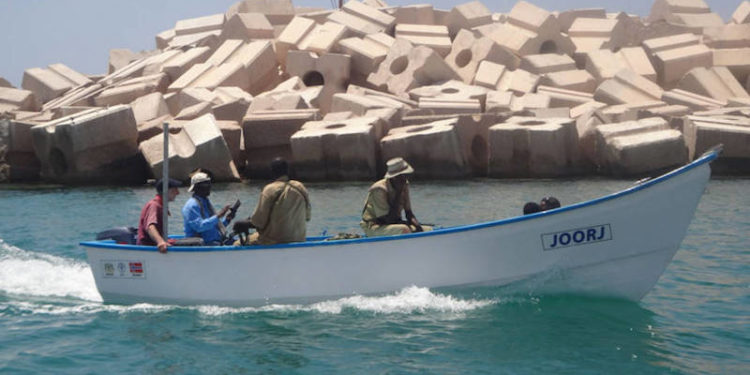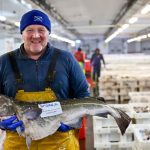According to Ari Gudmundsson, FAO Senior Fishery Officer, fishing is often characterised by the lack of a safety culture, attributable not only to technical elements of vessel design, construction and equipment, but also to a number of social and economic factors.
‘Overcapacity and overfishing of coastal resources are probably amongst the major factors that have reduced the impacts of positive efforts to improve safety at sea in the fisheries sector, primarily due to the high competition to catch limited resources,’ he said. ‘This has led lead to pressure on the industry to ensure economic survival, which too often can result in cost cutting in vessel maintenance; safety equipment; labour; living and working conditions; and in education and training of fishing vessel personnel. Such cost cutting can lead to under-manning and fatigue that greatly contribute to human error and accidents.’
In order to understand more fully the relationship between fisheries management policies and fishing safety, FAO developed a study a few years ago, with the purpose to document globally this relationship and to provide practical guidelines for fisheries managers and safety professionals on how they can work together, to make fishing operations safer. The main finding of this study, which is the first ever global study of its kind, was that fisheries management has both indirect and direct effects on fishing safety.
The study report, International Commercial Fishing Management Regime Safety Study: Synthesis of Case Reports, which also includes the related 16 case studies that were carried out around the world, was published by FAO in 2016.
Since the early 1960s, there has been excellent co-operation between the International Maritime Organisation (IMO), ILO and FAO on issues related to the safety at health in the fishing industry. This co-operation is based on an agreement acknowledging the three organisations’ respective areas of competence.
This co-operation has led to the development of several voluntary instruments, the main purpose of which is to provide information on safety at sea with a view to promoting the safety of fishing vessels and safety and health of their crews. Those instruments are not substitute for national laws and regulations but may serve as a guide to those concerned with developing such national laws and regulations as well as developing education and training material related to safety at sea.
The three organisations have also cooperated in developing legally binding international instruments to improve safety at sea in the fisheries sector, such as the Cape Town Agreement, the ILO Work in Fishing Convention (no. 188) and the STCW-F Convention.
‘FAO’s Committee on Fisheries (COFI), which is one of FAO’s technical committees led by Member countries have often stressed the importance of this joint work and the link between safety at sea, forced labour and illegal, unreported and unregulated (IUU) fishing,’Ari Gudmundsson said.
There is good quality safety-related information on the Safety-for-fishermen website that can be used by countries to improve their safety at sea in the fisheries sector. The website is maintained by a group of experts and is available in English, French and Spanish.
‘We at FAO are pleased with the increased attention to Sustainable Development Goal 14 as the focus of the upcoming Ocean Summit in New York in June,’ he said. ‘Those of us working in the sector are very committed to the environmental protection of our ocean resources. But at the same time, these efforts must be achieved while balancing the need for socioeconomic growth. We can’t forget that people are at the heart of sustainable oceans. The fishing sector is extremely important to support employment generation, create strong livelihoods and ensure food and nutrition security for coastal communities around the world, but especially for those in developing countries. In collaboration with our Member countries and partner organisations, FAO looks forward to increasing our efforts to improve safety at sea in order to protect the lives of fishers and the families and communities that depend on them.’









